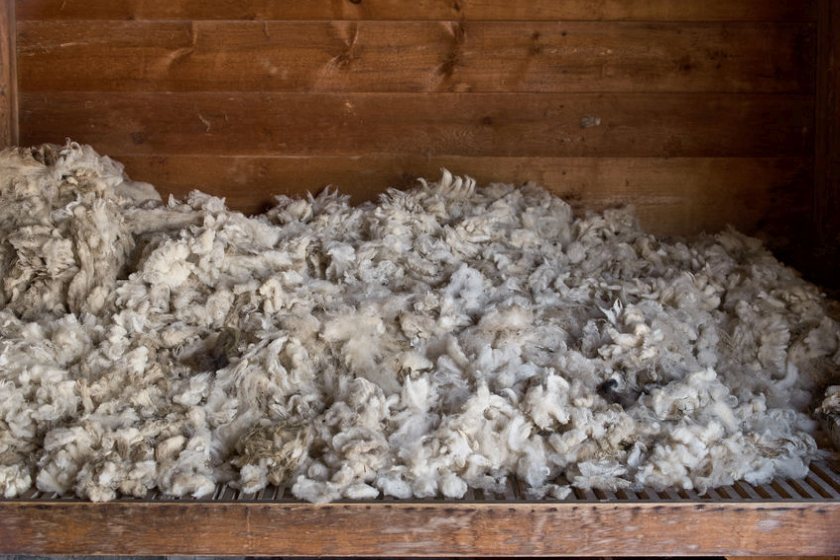
The construction sector could provide a vital lifeline to UK sheep farmers by specifying wool insulation in more building projects, according to an architect.
The value of wool has plummeted as a result of the Covid-19 pandemic, making it unprofitable for farmers to even transport the fibre for sale.
One sector looking to help is construction, which could provide a 'financial lifeline' for farmers while creating environmental benefits through wool's insultation properties.
This is according to Doug Hughes, MD of Hughes Architects, who believes his sector should increase their use of wool as an insulation in lofts and walls.
“Wool has one of the best thermal conductivities, even better than synthetic insulation commonly used in the construction of homes and buildings in the UK,” he said.
“We’ve specified it in more and more projects in recent times having discussed the benefits with clients who understand the payback benefits from the initial cost."
The construction sector is currently working towards the RIBA Climate Challenge to make more of their designs and final builds as sustainable as possible.
The challenge was set up by the Royal Institute of British Architects to help architects meet net zero for new and retrofitted buildings by 2030.
Mr Hughes said choosing wool in construction would have a positive knock-on effect for the sheep industry, which had seen farmers destroy fleeces.
He believes that more work between construction, wool and farming bodies could devise a policy of increasing the amount of wool used in buildings.
In addition to the thermal benefits, wool does not burn, makes excellent sound proofing, regulates heat and can also act as a purifier, he said.
It has been reported that wool needs less than 15 percent of the energy used to produce other types of insulation, such as glass wool.
The fibre can also absorb and help neutralise harmful substances, such as nitrogen dioxide, sulphur dioxide and formaldehydes through a process called chemisorption.
Mr Hughes said: “When you look at the array of benefits of using wool in buildings you can see how the investment not only helps cut energy costs significantly, but it can enhance fire safety.
“Wool is a great natural resource with huge economic potential."
